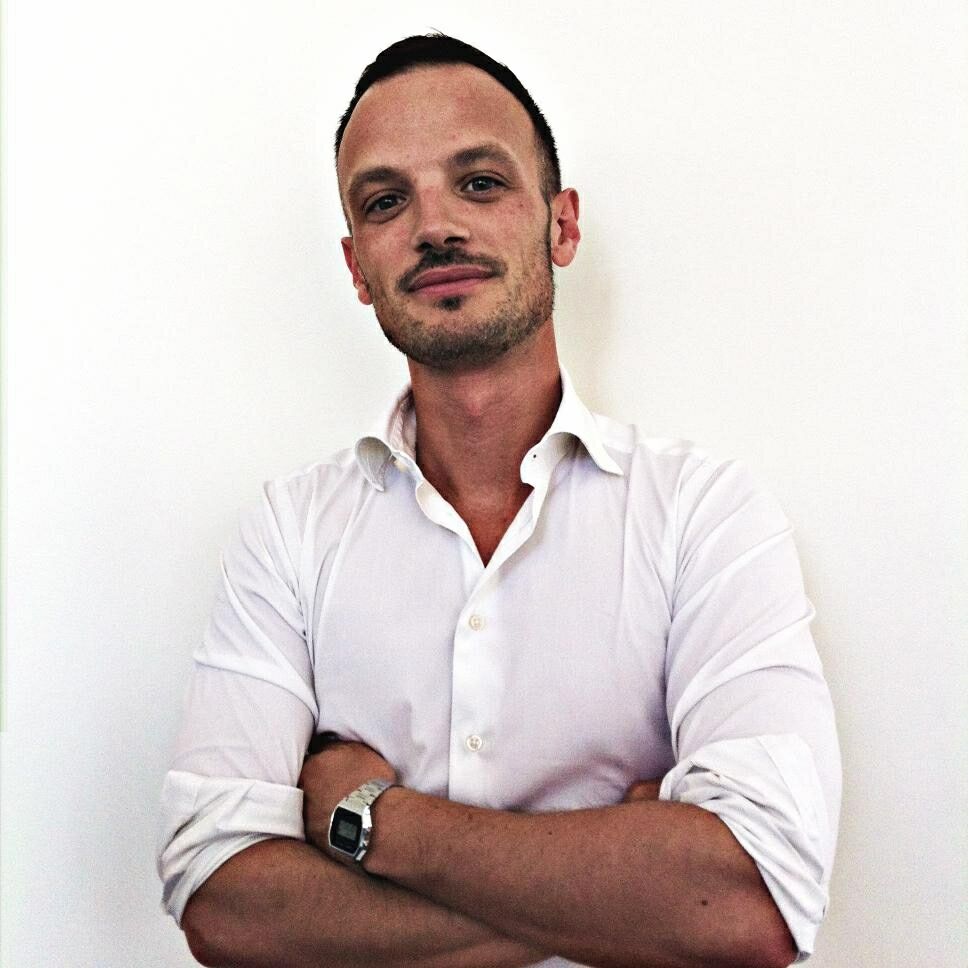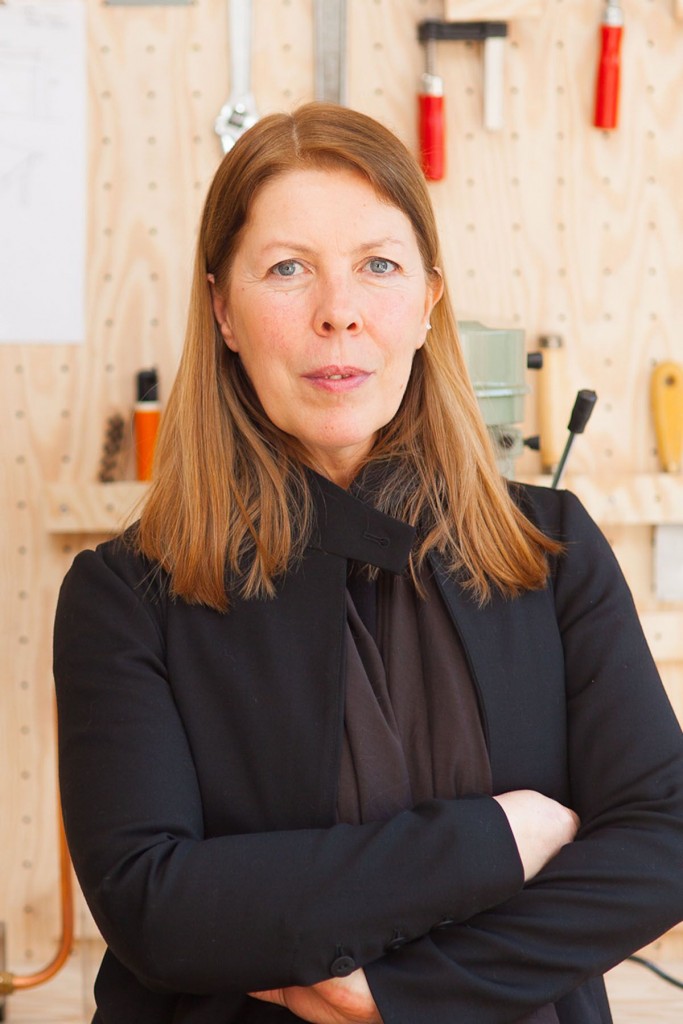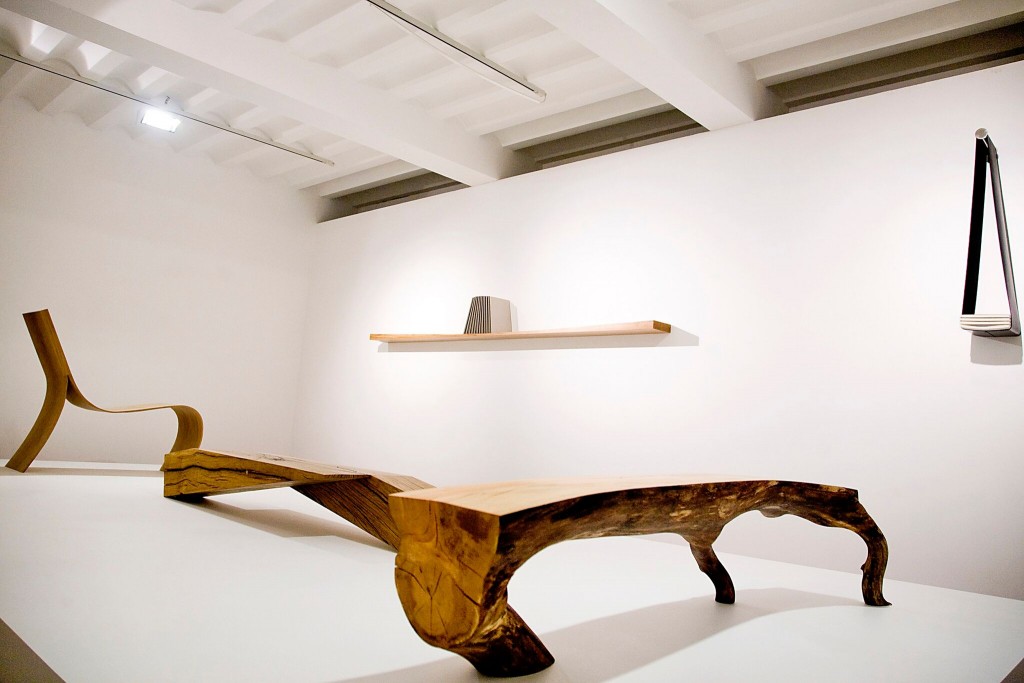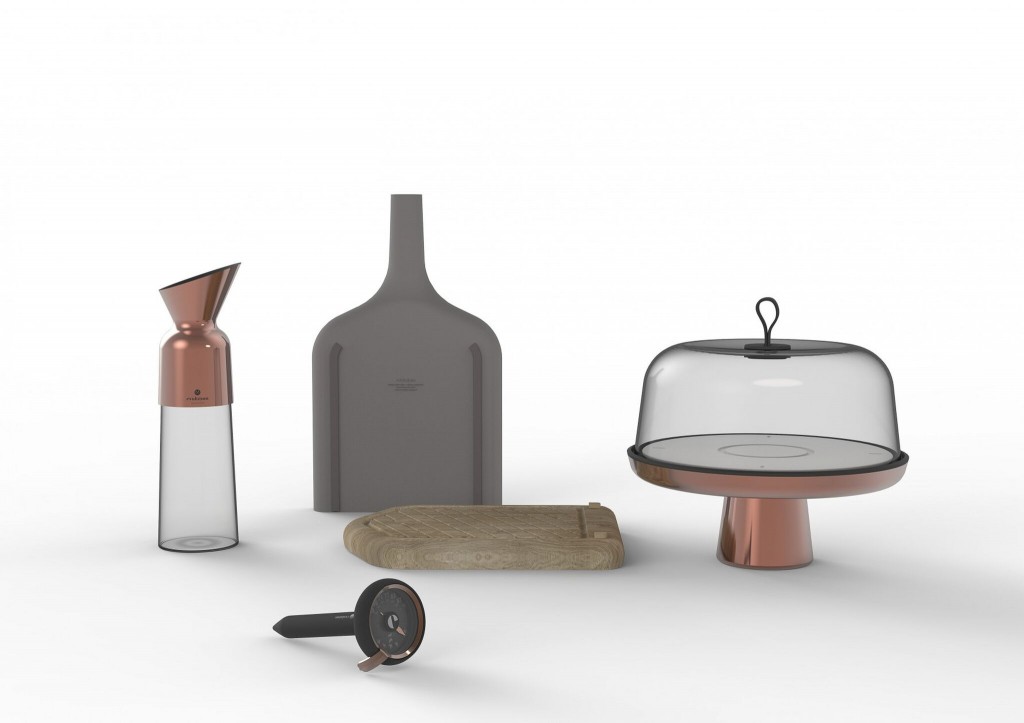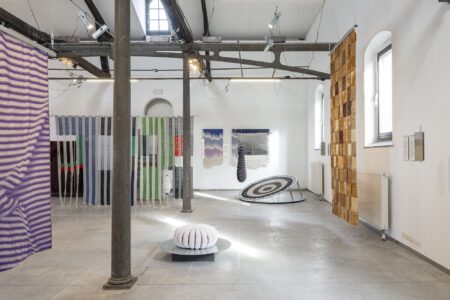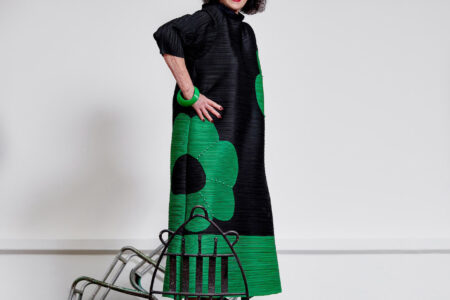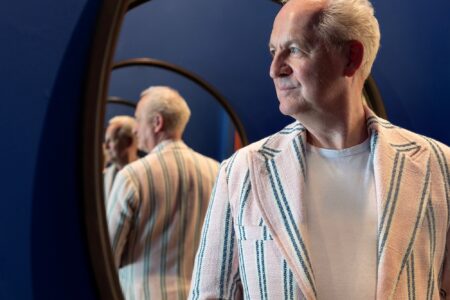Design Generations at ADAM – Brussels Design Museum
Design Generations, the exhibition co-organized with WBDM, is the fifth edition of Intersections, at ADAM – Brussels Design Museum
Design Generations, the exhibition organised in partnership with Wallonie-Bruxelles Design-Mode (WBDM) as part of the fifth edition of Intersections, the contemporary design biennial of ADAM – Brussels Design Museum, offers an educational, enlightened, and not at all boring view of the fundamental essence of design. A meeting with Arnaud Bozzini, director of ADAM, and Giovanna Massoni, exhibition curator.
TLmag: While design is captivating an ever-larger audience, many people admit that they find it difficult to understand what it represents. Is the purpose of this exhibition to help them see this more clearly?
Arnaud Bozzini: Our goal is to reinforce how design is rooted in our daily lives. The idea of this exhibition bringing together 10 Belgian studios based in Brussels and Wallonia, is to highlight the fact that design is not art. It isn’t our intent to question the idea of beauty or ugliness, but to better understand how it fits in our lives. Our mission is to explain what design is today by creating a dialogue between objects from the past and contemporary creations.
TLmag: This idea of dialogue – orchestrated by you, Giovanna – is one of the strengths of this meeting. Can you explain that to us?
Giovanna Massoni: The word dialogue is fundamental in this case. Design Generations doesn’t approach design in a functional or commercial way. Instead, we wanted the 10 participants to reflect on the very meaning of design. There is a tendency to say that, in this area, everything has been created. So it is critical to push the questioning even further by asking them to contextualise their work. We wanted to give sense to an occupation that is, ultimately, difficult to understand and to show that, beyond the star-system all too often associated with it, this profession plays a major role in society. Design is a testament to our era, and must remain so.
TLmag: Why did you collaborate with Wallonie Bruxelles Design Mode (WBDM) on this exhibition?
A.B.: When we began organising this biennial in 2009, it was held at the Atomium. At the time, I was already consulting with the organisers of WBDM and the Grand-Hornu. Today, it takes place in a museum. We can thus offer the most complete window possible into current Belgian design.
G.M.: This collaboration with WBDM is interesting in the sense that, among the 10 names selected for this exhibition, we were not limited to the universe of furniture. Some of the designers are active in textiles, such as 42|54, Olivia Borlée and Élodie Ouedraogo’s sportswear brand. We gave them all ‘carte blanche’ to choose an item from the museum’s permanent collection for the dialogue with their own designs, which didn’t necessarily have to be recent, either. Some chose a masterpiece, others a day-to-day item object that touched them.
TLmag: Have you added the concept of the future to this past/present dimension?
G.M.: The Dog Studio agency, which is handling the scenography for the exhibition, chose to present the vision of the 10 designers, and more specifically the way in which they envisage their activity in the coming years, in the form of sketches projected on screens. Some of their responses are surrealist. Others are more down-to-earth, in terms of sustainable development, in particular. All of this gives a very broad vision of what design is.
TLmag: Do the signatures chosen for this edition embody the reality of contemporary design in your opinion?
A.B.: These designers are recognised in Belgium and internationally. In this sense, they are part of a real tradition, even if I do not like to use that term when I speak of design. What I mean is that, since the birth of industrial design, our country has played a key role on the international scene. We have only to invoke names such as Victor Horta or Henry Van de Velde to prove the point. Most of the participating studios, and I think especially Alain Gilles, address fundamental questions of our time in their work; such as the sustainability Giovanna just mentioned.
TLmag: You also asked the participants to provide texts illustrating their approaches. Why?
G.M.: To encourage visitors to take the time to better understand their various views.
TLmag: This idea of time seems intrinsically linked to your approach.
G.M.: It’s a question that appeals to me at the highest level. Due to my training, I am revolted by this notion of speed ingrained in our society, which pushes people to overconsume products, as well as images. The exhibition aims to counter this approach through a better contextualisation of design. If we want to protect this profession and give the objects created by designers a real value by freeing them from this tyranny of the instant image that contradicts their own quest for timelessness, this approach is essential. I also strongly believe in the need to involve users in the reflection around these objects. We must never forget that design is the only profession that forces its players to constantly interact with those of other disciplines and with the end consumer. This social role of design is, I repeat, fundamental.
Design Generations, an exhibition on 10 Belgian designers: Alain Berteau, 42|54, IOL, Sylvain Willenz, Luc Druez, Hoet & Hoet, Jean-François d’Or, Kaspar Hamacher, Damien Gernay and Alain Gilles, from 6 June to 4 November 2018 at ADAM, Place de Belgique – Belgiëplein 1, B- 1020 Brussels
www.adamuseum.be
